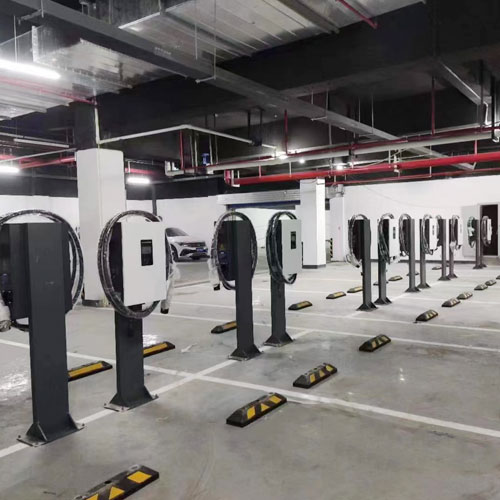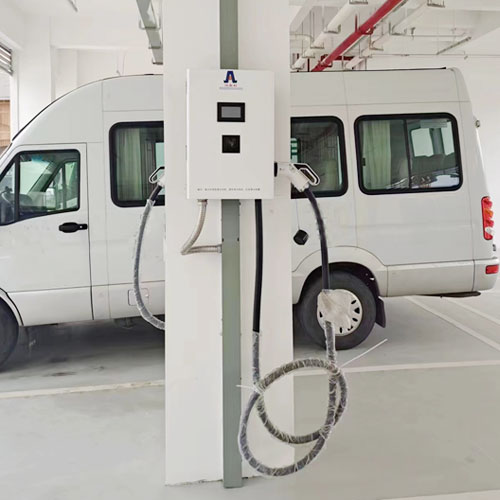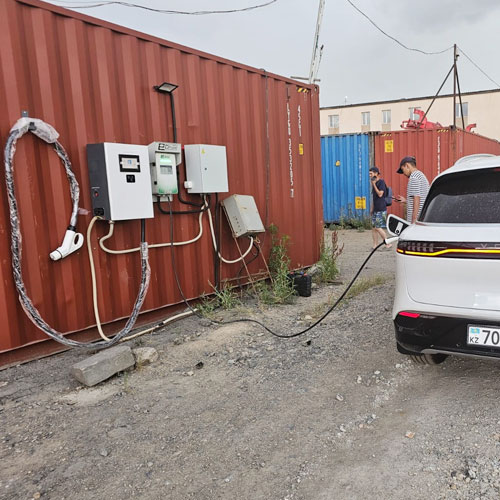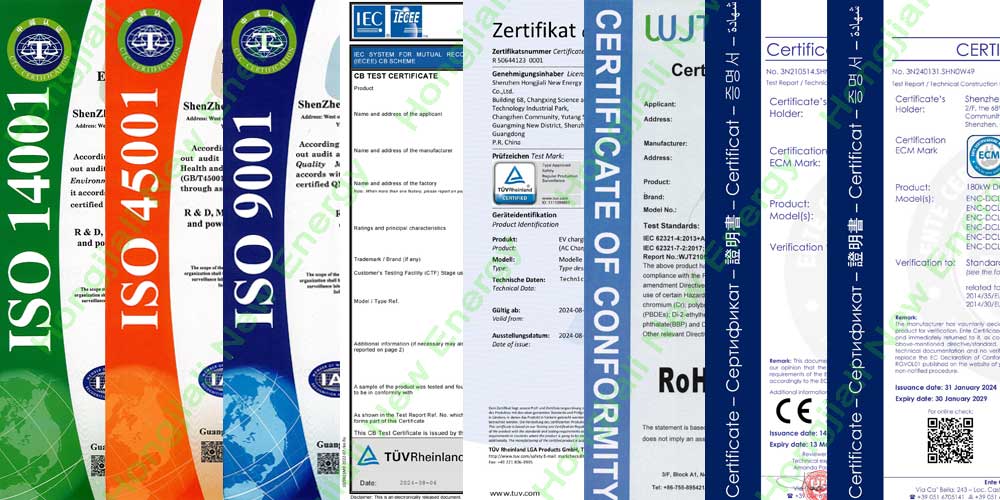-
 +86 18924678741
+86 18924678741 -
 sales@hjlcharger.com
sales@hjlcharger.com -
 Shenzhen City, Guangdong Province, China
Shenzhen City, Guangdong Province, China
The wall-mounted charging station is flexible and suitable for any space. This charging station can be installed on the wall to free up floor space. It is currently the best and simplest space-saving wall-mounted charging station solution.
Hongjiali offers a range of high-quality electric vehicle chargers to meet the growing demand. Whether charging electric vehicles at home or setting up charging stations, it is compatible with most electric vehicles.
The product parameters of the wall-mounted charging station 20KW30KW40KW are as follows:
Parameters | Requirements | ||
General Requirements | |||
EV Charger Type | DC | ||
Charger Capacity | 20KW | 30KW | 40KW |
Equipment size | L650*W440*H190(mm) | L650*W440*H190(mm) | |
Product Model NO. | ENC-DCB020A ANSI-DCB020A JIS-DCB020A | ENC-DCB030A ANSI-DCB030A JIS-DCB030A | ENC-DCB040A ANSI-DCB040A JIS-DCB040A |
Mounting | Wall-Mounted | ||
Input Requirements | |||
AC Supply System | Three-Phase, 5 Wire AC system | ||
Nominal Input Voltage | AC380V±15% | ||
Input Frequency | 45-65Hz | ||
Environmental Requirements | |||
Ambient Temperature Range | -25 to 55°C | ||
Ambient Humidity | 5 to 95% | ||
Storage Temperature | -40 to 70°C | ||
Mechanical Requirements | |||
IP Ratings | IP 54 | ||
Cooling | Air-cooled | ||
Output Requirements | |||
Number of Outputs | 1 | ||
Type of Each Output | 200-1000VDC | ||
Single Output Max.Current | 66 Amp | 125 Amp | 132 Amp |
Power Factor | ≥0.99(50% load above) | ||
User Interface & Display Requirements | |||
Display & Touch-Screen Size | 7 Inches Touch Screen with Shell | ||
User Authentication | QR Code/RFID Card /Password Login | ||
Metering Information | Consumption Units | ||
Communication Requirements | |||
Communication between EVSE and Central server | Protocol (Optional) | ||
Interface between Charger and CMS | Ethernet/3G/4G/WIFI (Optional) | ||
Protection & Safety Requirements | |||
Executive Standard | IEC 62196 2017, IEC 61851 2017, SAE J1772,CHAdeMO etc. | ||
Safety Parameters | Over Current, Over Voltage, Under Voltage, Residual Current, Surge Protection, Leakage Protection, Short Circuit, Over Temperature, etc. | ||














